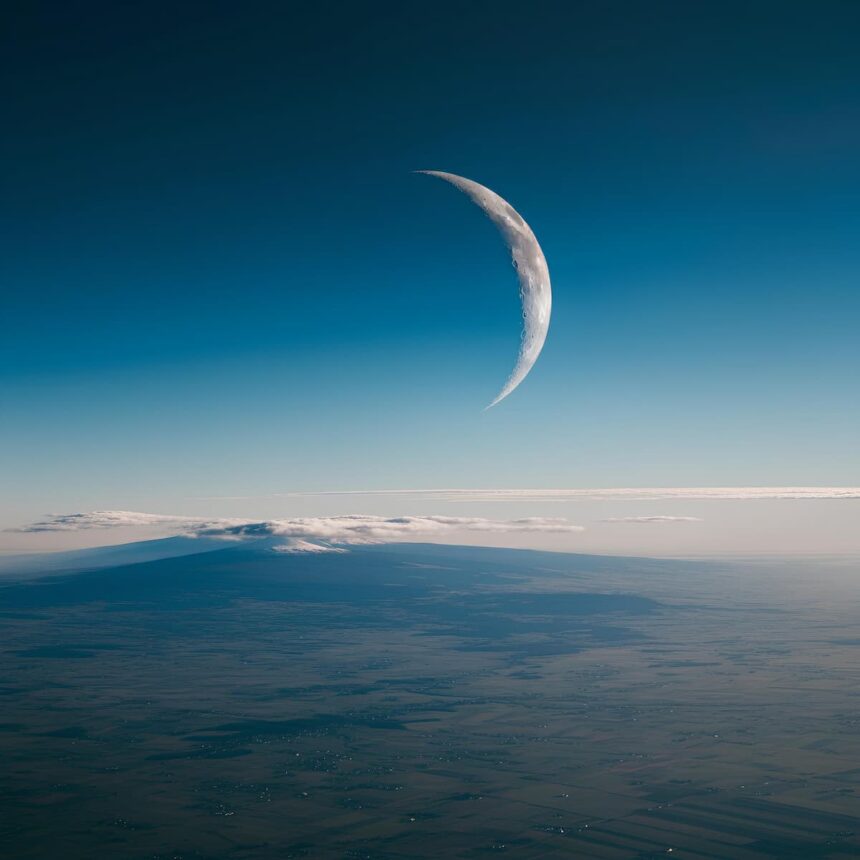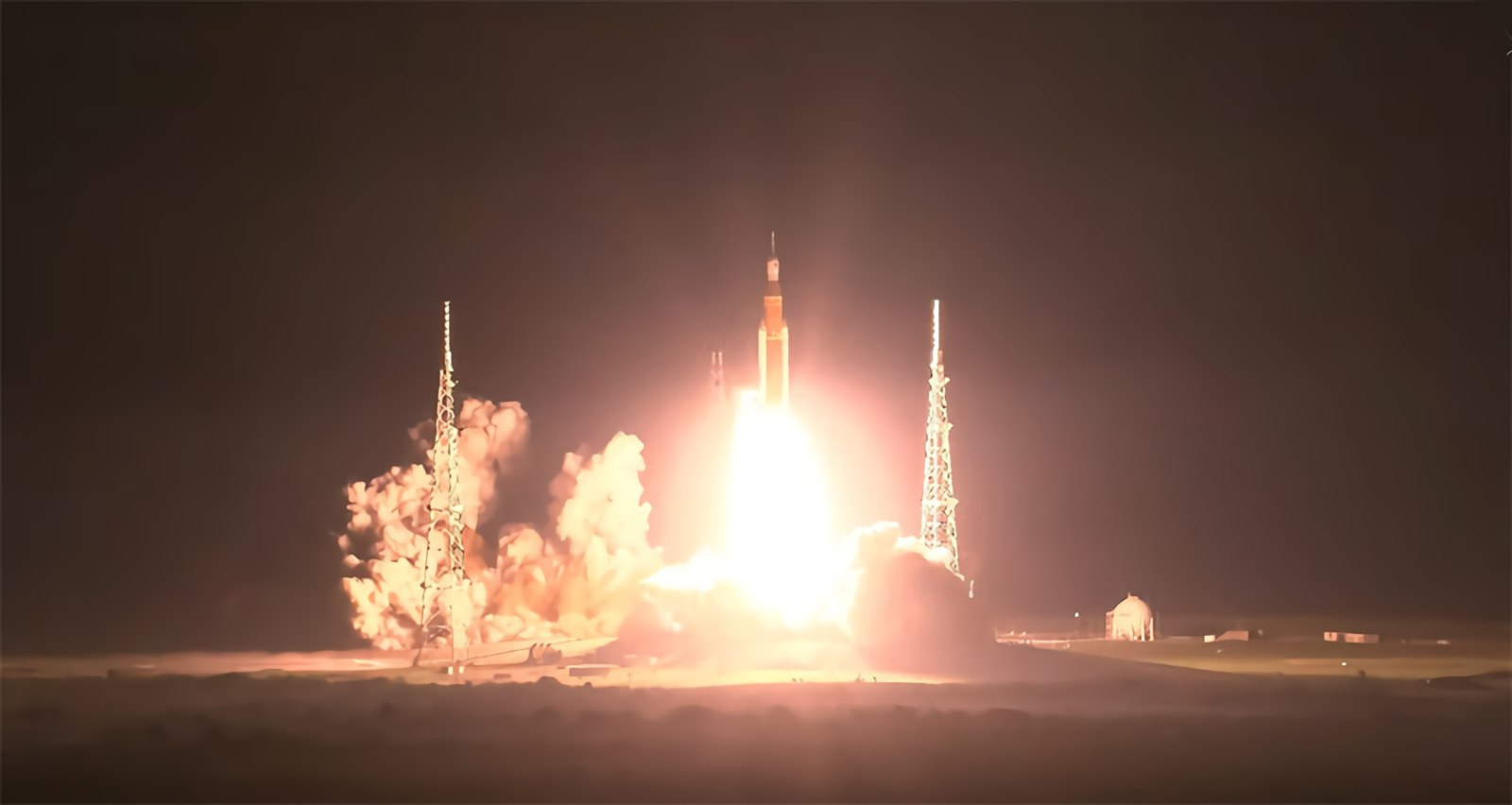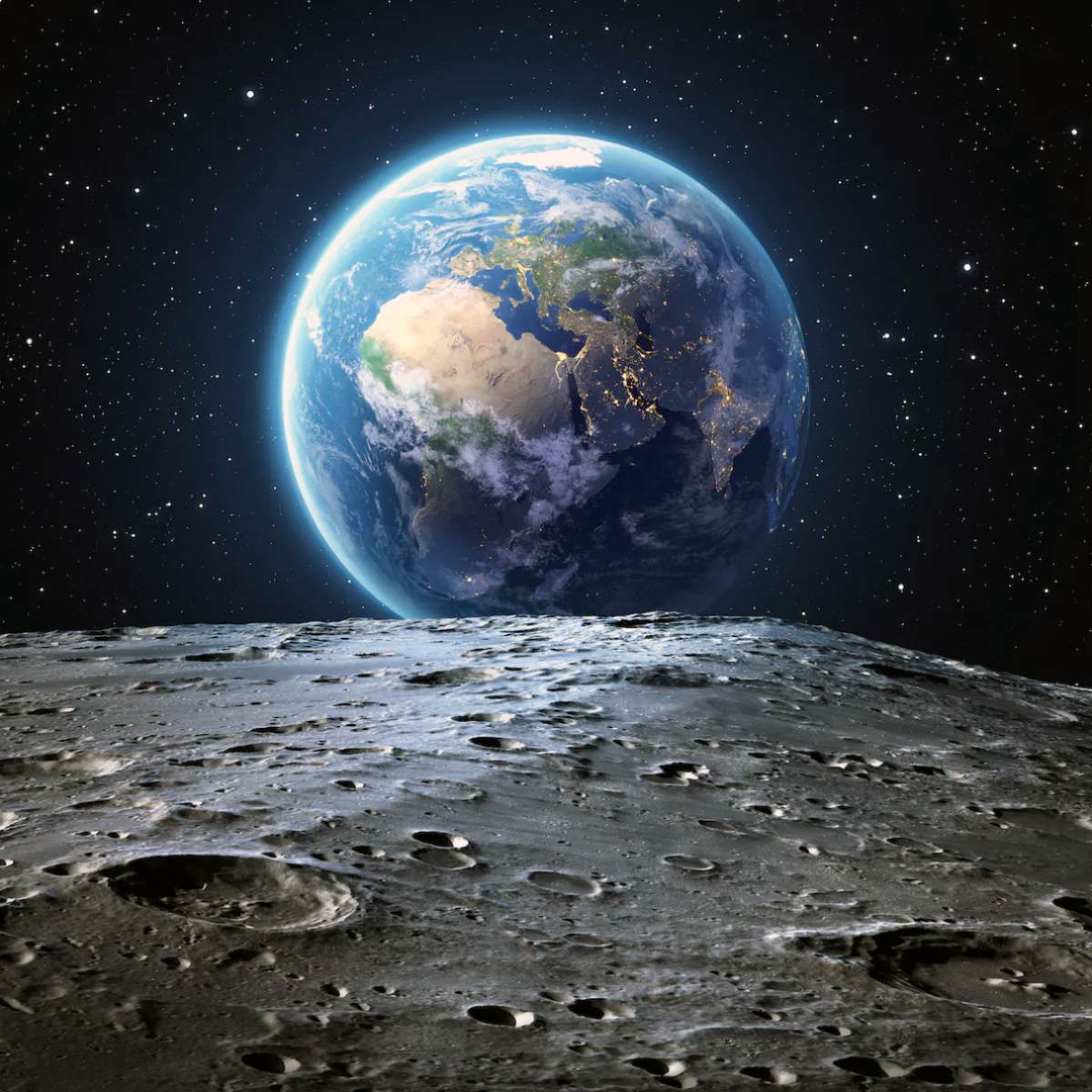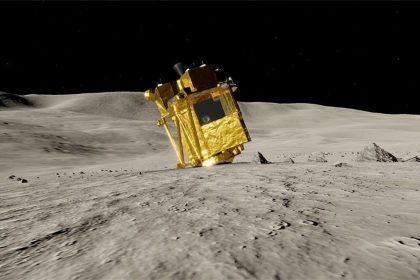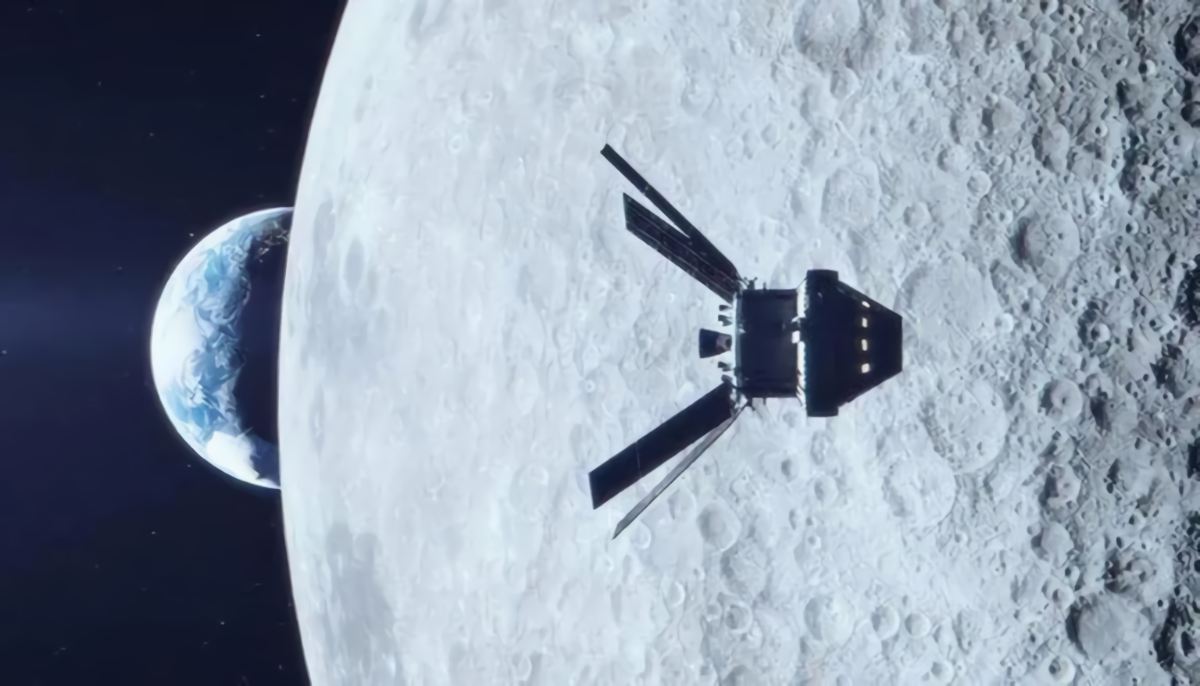The moon is often called the night luminary because it is associated with the dark hours of the day. However, you’ve probably seen it during the day too!
Have you ever wondered why this is possible?
Generally, people with limited knowledge of our planetary system think that the Moon and the Sun oppose each other in the sky. They believe that during the day, the Sun is visible but not the Moon, and at night, the Moon is visible but not the Sun. However, this is yet another myth.
In reality, the Moon is directly opposite the Sun only once a month—during a full moon. At this time, you won’t see it in the daytime sky. Additionally, during a new moon, it’s also impossible to spot because the Moon is too close to the Sun and facing us with its unlit side. However, during other phases, you can see it.
The window for observing the Moon in daylight is about six hours a day, 25 days a month. It is best seen during the first and last quarters.
If Earth didn’t have an atmosphere, the Moon could be observed for 12 hours every day continuously. However, particles of nitrogen and oxygen in the air scatter sunlight with short wavelengths, such as blue and violet. This gives the sky its blue color and complicates the observation of celestial bodies.
Wherever we look, we see scattered sunlight in the atmosphere—it literally overshadows the radiation from other objects. This is why we can’t see stars and other planets during the day.
The Moon is an exception because it is very close to us, and the sunlight it reflects is bright enough to overcome even the lit daytime atmosphere. Therefore, it can be seen with the naked eye, though it will appear much paler than at night.


